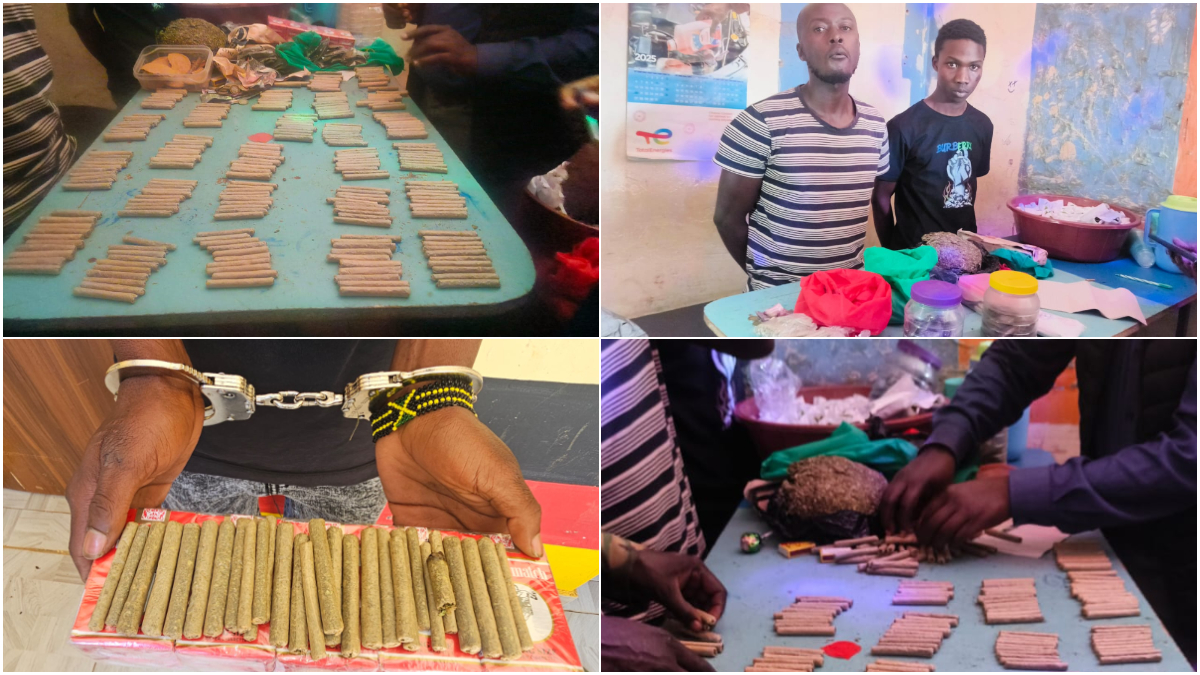In the rapidly evolving world of fast payments, convenience, simplicity, and affordability are paramount. As consumers increasingly adopt cashless transactions, payment platforms must adapt to meet the diverse needs of users.
Gituku Kirika, CEO of Pesalink, spoke on how the platform is revolutionizing digital payments in Kenya.

1. There are big changes around the world in fast payments with countries like India and Brazil trumpeting new universal payment systems. Where is Kenya in all this?
The fast payment ecosystem in Kenya has been the envy of many countries around the world. We have seen massive growth, driven majorly by mobile money, banks, and fintechs, dramatically driving the value and volume of retail payments to Kenya Shillings 35 trillion and 20.3 billion transactions in 2023. However, the current landscape is fragmented, with multiple payment systems operating in isolation, leading to inefficiencies, high transaction costs, and limited interoperability. To address these challenges, the Central Bank of Kenya (CBK) is exploring the creation of a Fast Payment System (FPS) — a centralised platform designed to streamline digital retail payments, enhance financial inclusion, and foster innovation in the financial sector.
2. What role does speed play in unlocking digital payments?
Speed is a critical factor in unlocking digital payments. In Kenya, the rapid growth of instant account-to-account transfers – now the fastest growing payment type – evidence the consumers increasing value the speed and convenience of digital transactions. Pesalink’s wide integration eliminates the need for switching between different payment systems making transfers direct & instant. On the back end, we’ve invested in streamlining our process to ensure reliable instant transfers, settlement & receipting 24/7/365. By offering instant, reliable, and efficient payment services, regardless of one’s bank, Pesalink standardizes the account-to-account transfers customer experience, reduces transaction risks & delays created by switching, and promotes financial inclusion, meeting consumer expectations and contributing to the overall growth and development of our economy.
3. Are digital payments a Gen Z thing? If not, what steps have been taken to simplify the user experience and make digital payments platform easy to navigate for customers across different ages groups and technical backgrounds?
Digital payments are for everyone. Data from our recent usage and awareness survey on instant account to account transfer users indicates a high use of digital payments across all age groups. To make digital payments accessible to a wider audience, user-friendly interfaces, mobile-first approaches, educational initiatives, in-person support, and partnerships with retailers and service providers have been implemented. Pesalink, for instance, has focused on making its services accessible through various channels, including internet banking, mobile banking, and bank USSD, simplifying the user experience and contributing to the widespread adoption of digital payments in Kenya.
4. On the issue of financial inclusion, how does digital payments ensure that its services are accessible to customers who may have limited digital literacy or device capabilities?
Financial inclusion is a priority for Pesalink. To ensure accessibility for customers with limited digital literacy or device capabilities, we’ve implemented several measures. We’ve made our services accessible via USSD codes, allowing customers to use basic feature phones. Additionally, we’ve partnered with banks to provide in-branch support for those who need assistance. By offering multiple access channels, we’re able to include more people in the digital economy.
5. How do digital payments strive to provide a seamless and convenient payment experience for Kenyans?
Convenience hinges on accessibility, reliability, and ease of use. We’ve invested heavily in building a robust infrastructure that ensures fast transaction processing. Our integrations with banks, SACCOs, MFIs, fintechs, and a telco allow users to send money directly from their accounts and wallets, eliminating the need for multiple hops between different payment ecosystems or apps. We’ve also introduced features like payment scheduling and batch payments to enhance convenience for businesses.
6. The security and reliability of payment services. How do you ensure that?
Security is paramount. We employ the latest encryption technologies to protect user data and transactions. We adhere to the highest security standards by working closely with regulators and financial institutions. Our team continuously monitors the platform for vulnerabilities and conducts regular security audits to stay ahead of threats. We prioritize customer trust and ensure that their money and information are safe when using Pesalink.
7. Looking to the future, what plans do you have to further enhance services and make digital payments even more convenient for Kenyans?
Our plans include expanding our services and capabilities. We will continue exploring new service integrations, such as bill payments and government services, onto our platform. We’re also working on expanding cross-border payment capabilities to enable seamless money transfers between countries. Our goal is to make PesaLink the leading platform for digital payments in Kenya, offering unparalleled convenient, secure and instant payment solutions.












